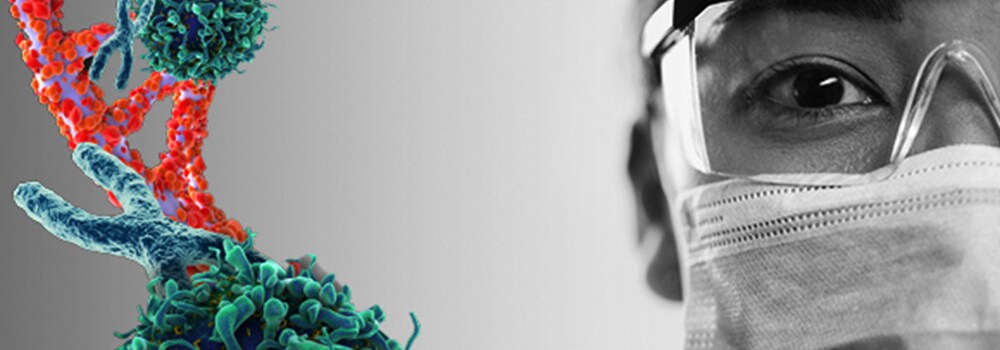
Ensuring therapeutic products are free of potentially harmful biological contaminants is essential to protect the safety and wellbeing of patients. While many drugs can be made safe by terminal sterilization, for sensitive biopharmaceuticals that are damaged by heat or radiation, this approach is not possible. Instead, aseptic processing conditions must be used, requiring careful control of every aspect of the manufacturing environment to eliminate the potential for contamination.
Process validation in accordance with Good Manufacturing Practice (GMP) plays a crucial role in assuring products manufactured under aseptic conditions are consistently produced and controlled according to quality standards. GMP guidelines for aseptic processing cover a range of measures designed to minimize the risks to quality involved in biopharmaceutical production, from standards for maximum contaminant levels in air through to requirements for cleaning and use protocols. Addressing GMP, therefore, helps manufacturers build quality into aseptic processing workflows to deliver uniformly safe and effective products.
The challenge of maintaining GMP compliance using Class II BSCs
To prevent the contamination of sensitive biopharmaceuticals from airborne contaminants, it is essential to use the right technologies to protect the manufacturing environment. Class II biological safety cabinets (BSCs) fulfill an important role in protecting people, products and the environment in many biopharmaceutical applications. However, their use in GMP processes can be challenging.
Traditional Class II BSCs are designed to have their performance checked and certified at regular time intervals – an approach known as field certification. If, upon scheduled inspection, parameters such as airflow and downflow velocities have dropped below certain thresholds, systems are adjusted and fixed. While field certification works well for some applications, the approach is not well-suited to the GMP environment, as it potentially allows batches to be produced under nonGMP conditions between scheduled inspections. To consistently assure product safety and efficacy, GMP-compliant facilities must be sure production conditions continually meet the relevant requirements, not just at the time of testing.
Smart BSCs are setting new standards for continuous product protection
Fortunately, recent advances in the design of Class II BSCs are raising the bar when it comes to product, personnel, and environmental protection.
The Thermo Scientific Herasafe 2030i BSCs offer ‘smart’ self-monitoring capabilities to automatically maintain appropriate airflow and monitor critical conditions in real-time. Each cabinet is designed for continuous, uncompromised protection of cell research and comes with built-in connectivity to preserve key performance data.
The Herasafe 2030i BSCs also incorporate an intuitive graphical touchscreen interface that clearly displays monitoring parameters and unit status. With performance data at their fingertips, users can be confident their cabinets are properly protecting both their samples and their working environment. By monitoring and maintaining appropriate airflow conditions in real-time, these smart Class II BSC systems are driving process improvements and reproducibility of results in GMP applications.
Need GMP-compliant contamination prevention in your aseptic processing workflows?
To learn how improvements in the design of Class II BSCs are optimizing process validation for GMP-compliant contamination prevention watch this on-demand webinar.
This product is intended for General Laboratory Use. It is the customer’s responsibility to ensure that the performance of the product is suitable for customer’s specific use or application.




Leave a Reply